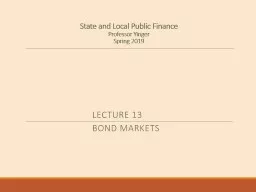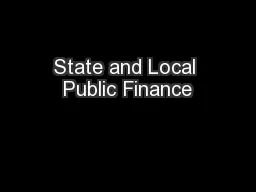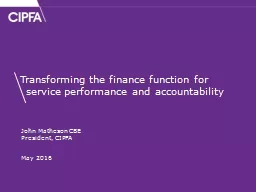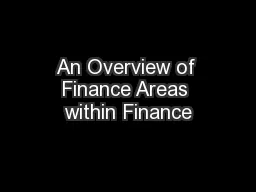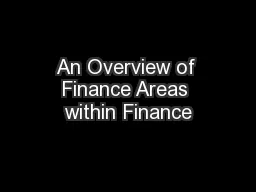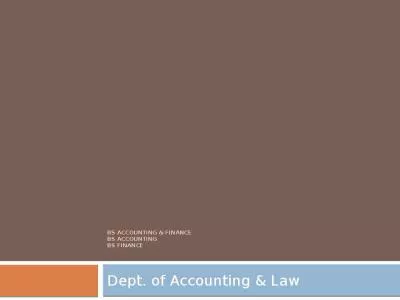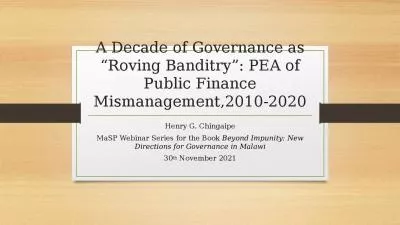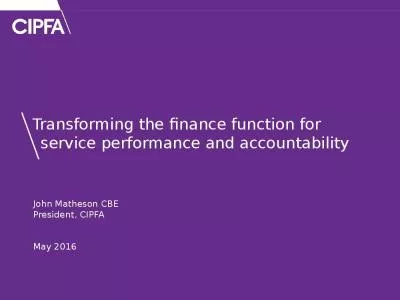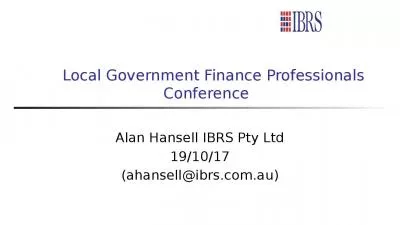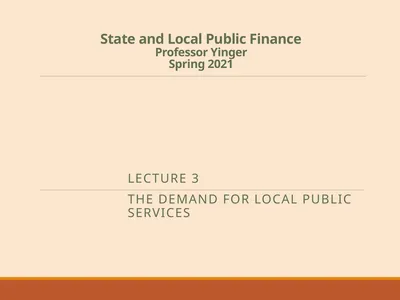PPT-State and Local Public Finance
Author : aaron | Published Date : 2019-11-09
State and Local Public Finance Professor Yinger Spring 2019 Lecture 13 bond markets The Role of Municipal Bonds Characteristics of a Bond Types of Bonds Bond Markets
Presentation Embed Code
Download Presentation
Download Presentation The PPT/PDF document "State and Local Public Finance" is the property of its rightful owner. Permission is granted to download and print the materials on this website for personal, non-commercial use only, and to display it on your personal computer provided you do not modify the materials and that you retain all copyright notices contained in the materials. By downloading content from our website, you accept the terms of this agreement.
State and Local Public Finance: Transcript
Download Rules Of Document
"State and Local Public Finance"The content belongs to its owner. You may download and print it for personal use, without modification, and keep all copyright notices. By downloading, you agree to these terms.
Related Documents

